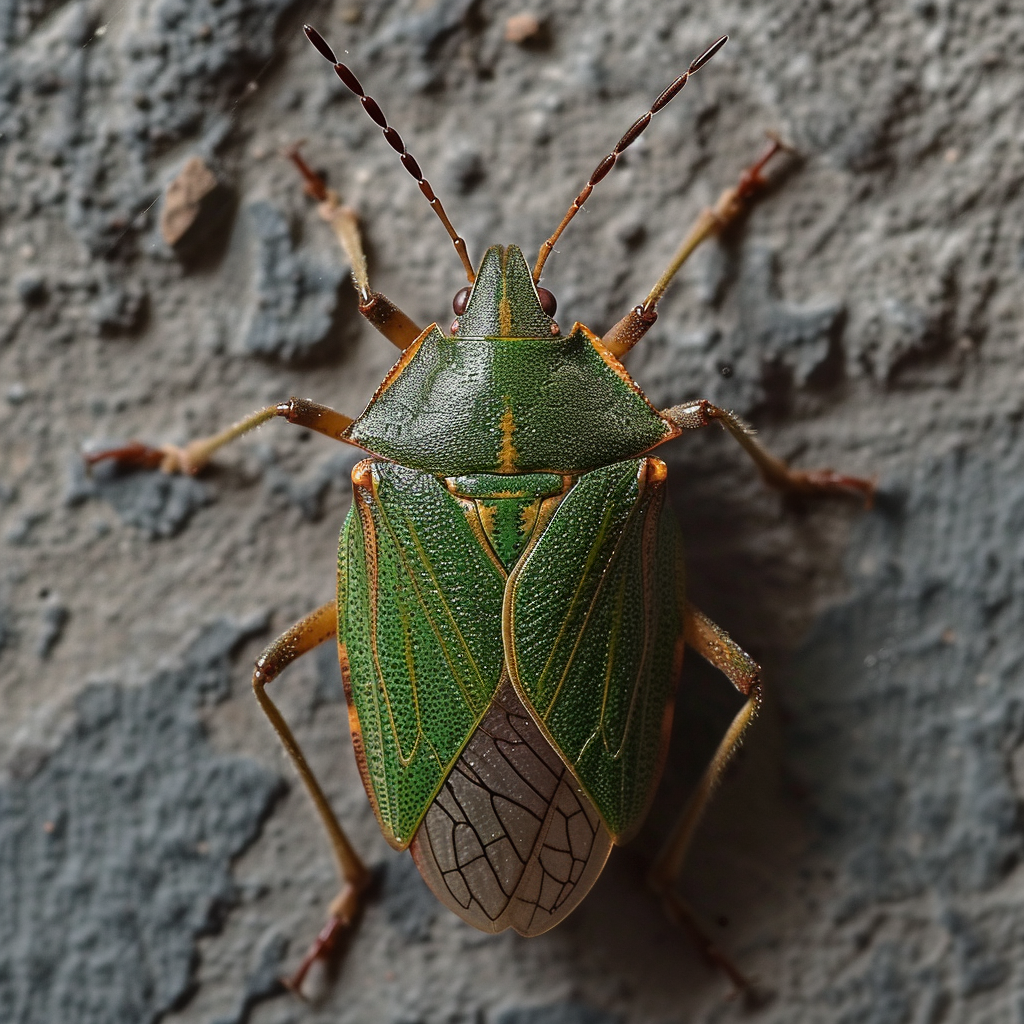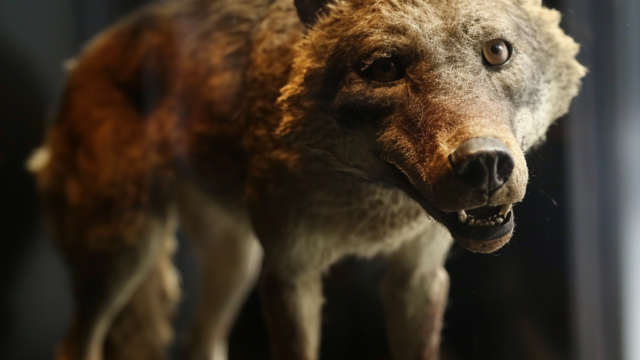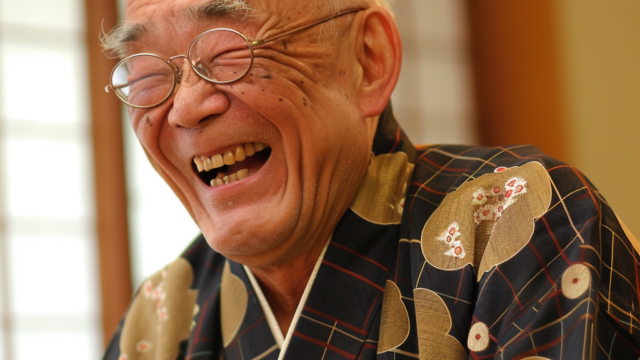
Stink Bug Infestation in Japanese Cities
Stink bugs are invading Japanese cities this spring due to a large number surviving the warm winter. They usually reside in forests but are now seeking food in urban areas. Fruit growers are concerned about potential damage, and local governments have issued warnings. Experts predict continued vigilance is necessary. (49語)
日本語訳
「暖冬で大量生存したカメムシ、日本の都市に侵入」
暖冬のため大量のカメムシが冬を生き延び、この春、日本の都市部に侵入している。通常は森林に生息するカメムシだが、個体数増加により餌を求めて都市部へ移動してきた。果樹農家はカメムシによる被害を懸念しており、自治体は注意喚起を行っている。専門家は今後も警戒が必要と予測している。

単語・熟語チェック
・stink bug カメムシ
・invade 侵入する
・reside 居住する
・seek 探す
・urban 都会の
・grower 栽培者
・concern 懸念
・potential 潜在的な
・damage 損害
・issue 発行する
・warning 警告
・infestation 虫などの大量発生
・predict 予測する
・vigilance 警戒
単語解説
・stink bug
⇒ カメムシの英語名。stink(悪臭)とbug(虫)からなる複合語。身を守るために悪臭を放つことからこの名がついた。brown marmorated stink bug(ブラウンマーモレイテッドスティンクバグ)は、日本でも農作物に大きな被害を与える外来種のカメムシ。
・invade
⇒ 侵入する、襲うという意味の動詞。invasion が名詞形で「侵略」「侵入」の意。in(中へ)+ vade(行く)というラテン語が語源。軍事的な侵攻のほか、外来種が在来の生態系に入り込むことも invasion と表現。
・urban
⇒ 都会の、都市のという形容詞。都市を意味する urbs というラテン語が語源。対義語は rural で「田舎の」「地方の」という意味。都市化が進むことを urbanization と言う。
・infestation
⇒ (虫などの)大量発生、はびこることという意味の名詞。infest(〜にはびこる)という動詞が元になっている。fest はラテン語の festus(祝祭的な、祝いの)が語源で、「群がる」というニュアンスを表す。
・vigilance
⇒ 警戒、用心、注意深さという意味の名詞。vigilant(警戒している)という形容詞が元になっている。語源はラテン語の vigilare(目覚めている)。be vigilant で「警戒を怠らない」という意味になる。
原ちゃんチェック
カメムシの大量発生、農家の方は頭を抱えていることでしょう。温暖化の影響で今後ますます被害が拡大しそうな気配ですからね。でも、殺虫剤に頼りすぎるのは環境への影響も心配です。
カメムシを退治する新たな天敵の活用など、自然と共生した防除法の研究が進むといいですね。忌避剤や防虫ネットなどを使い、カメムシの侵入を物理的に防ぐ工夫も大切だと思います。
都会にカメムシが大量発生するのは、冬眠する建物が多いからかもしれません。でも、ビルの隙間を全部ふさぐのは現実的に難しいですよね。だから、カメムシを建物の外に誘導する方法なども検討されているようです。
カメムシのにおいは本当にキツイので、つい潰したくなりますが、それはNGだそうですね。潰すと仲間を呼んでしまうなんて、驚きの事実です。密閉容器で処分するのがベストなんですね。
外来種のカメムシが在来の生態系を脅かすのは深刻な問題だと思います。でも、カメムシを全滅させるのではなく、上手に管理していく知恵が問われているのかもしれません。自然との共存は簡単ではありませんが、粘り強く取り組んでいくことが大切ですよね。
農家の方々の努力はもちろん、研究者の方々の知見にも期待したいです。温暖化への対策を進めながら、カメムシ問題にもスマートに対処できる社会になるといいなと思います。一人一人がカメムシについて正しい知識を持つことが、その第一歩になるのではないでしょうか。
関連URL
カメムシ大量発生 対策は「LED」 – Yahoo!ニュース
原田英語深堀りチェック
【カメムシに関連する英単語や英語表現20】
1. Stink bug [カメムシ] – A common name for insects in the family Pentatomidae, known for their ability to emit a foul odor when disturbed. (脅威を感じると悪臭を放つことで知られるカメムシ科の昆虫の総称。)
2. Shield bug [カメムシ] – Another name for stink bugs, referring to their distinctive shield-shaped body. (特徴的な盾型の体を指すカメムシの別名。)
3. Pentatomidae [カメムシ科] – The scientific family name for stink bugs. (カメムシの科学的な科名。)
4. Marmorated [大理石模様の] – Describes the marbled or mottled appearance of some stink bug species, such as the brown marmorated stink bug. (茶色のマルモヤマカメムシなど、一部のカメムシ種の大理石模様や斑点模様の外観を表す。)
5. Invasive species [侵略的外来種] – Stink bugs, particularly the brown marmorated stink bug, are considered invasive in many regions as they can damage crops and invade homes. (特にマルモヤマカメムシは、作物に被害を与え、家屋に侵入するため、多くの地域で侵略的外来種とみなされている。)
6. Aggregation pheromone [集合フェロモン] – A chemical signal released by stink bugs to attract others of their species, leading to large gatherings. (カメムシが同種の他の個体を引き寄せるために放出する化学物質で、大規模な集合につながる。)
7. Overwinter [越冬する] – Stink bugs often seek shelter in homes to survive the winter months. (カメムシは冬の間を生き抜くために家屋に shelter を求めることが多い。)
8. Piercing-sucking mouthparts [穿孔吸汁口器] – Stink bugs have specialized mouthparts that allow them to pierce plant tissues and suck out the fluids. (カメムシは植物の組織に穴を開けて体液を吸い出すのに特化した口器を持っている。)
9. Pest [害虫] – Stink bugs are often considered pests due to their potential to damage crops and their tendency to invade homes. (カメムシは作物に被害を与える可能性と家屋に侵入する傾向があるため、害虫とみなされることが多い。)
10. Pentatomid egg [カメムシの卵] – Stink bug eggs are typically barrel-shaped and laid in clusters on the underside of leaves. (カメムシの卵は通常、樽型で、葉の裏側に集団で産み付けられる。)
11. Nymphs [幼虫] – Immature stink bugs, which resemble smaller versions of the adults but lack fully developed wings. (成虫に似ているが翅が完全に発達していないカメムシの未成熟な段階。)
12. Scutellum [小楯板] – The triangular-shaped section on the back of a stink bug, often used for identification purposes. (カメムシの背中にある三角形の部分で、しばしば識別のために使われる。)
13. Stink gland [悪臭腺] – The glands responsible for producing the foul-smelling secretions in stink bugs. (カメムシの悪臭のある分泌物を作り出す腺。)
14. Bitter taste [苦味] – In addition to their odor, stink bugs can release compounds that have a bitter taste, making them unpalatable to predators. (カメムシは悪臭に加えて苦味のある化合物を放出することがあり、捕食者にとって口に合わないものになっている。)
15. Mechanical damage [物理的損傷] – The type of damage caused by stink bugs when they pierce plant tissues to feed, leading to scarring, deformation, and reduced crop yields. (カメムシが植物の組織に穴を開けて食事をすることで引き起こされるダメージで、傷痕、変形、収量の減少などにつながる。)
16. Trap crop [わな作物] – Plants that are intentionally grown to attract stink bugs away from the main crop, reducing pest damage. (害虫の被害を減らすために、カメムシを本来の作物から引き離すことを目的として意図的に栽培される植物。)
17. Biological control [生物的防除] – The use of natural predators, parasites, or pathogens to control stink bug populations as an alternative to chemical pesticides. (化学農薬の代替として、天敵、寄生虫、病原体を使ってカメムシの個体数を管理すること。)
18. Pheromone trap [フェロモントラップ] – A type of trap that uses synthetic pheromones to attract and capture stink bugs for monitoring or control purposes. (モニタリングや防除のために、合成フェロモンを使ってカメムシを引き寄せ、捕獲するタイプのトラップ。)
19. Aposematic coloration [警告色] – The bright, contrasting colors exhibited by some stink bug species, which serve as a warning to potential predators of their unpleasant taste or smell. (一部のカメムシ種が示す明るい対照的な色で、不快な味や匂いを捕食者に警告する役割を果たす。)
20. Stink bug infestation [カメムシの大発生] – A situation where a large number of stink bugs invade an area, causing significant damage to crops or becoming a nuisance in homes and buildings. (多数のカメムシが一つの地域に侵入し、作物に大きな被害を与えたり、家屋や建物で厄介者になったりする状況。)






